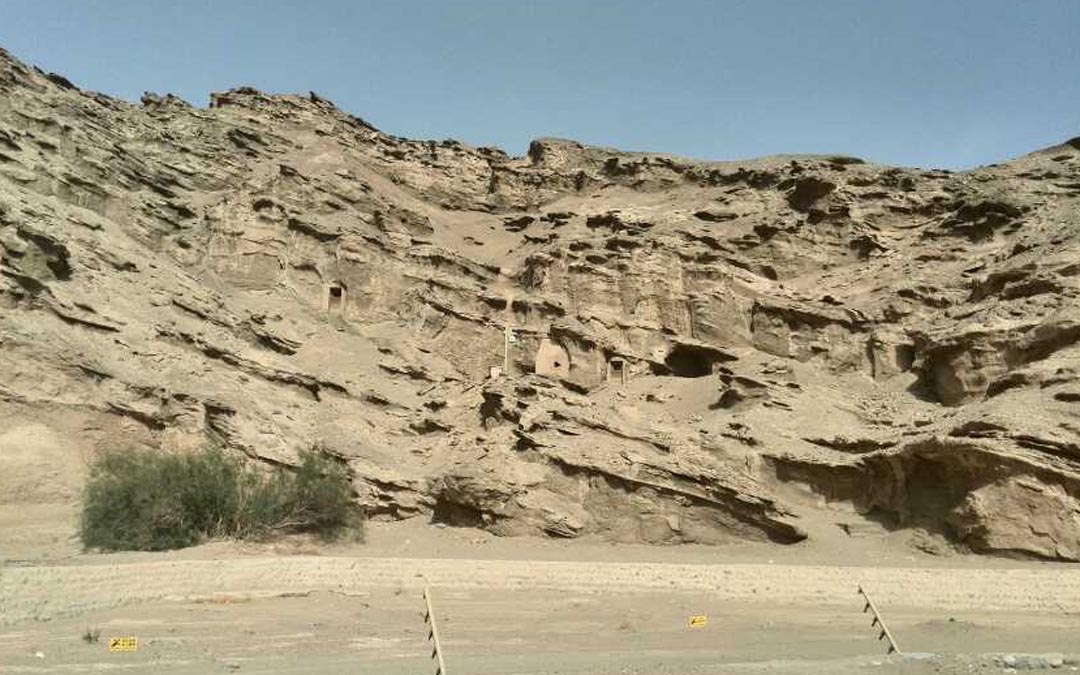The Kumtura Thousand Buddha Caves in Xinjiang Uighur Autonomous Region, named after the neighbouring village of Kumtura, contain an outstanding collection of Buddhist Quici art that has survived more than 1,500 years of war and natural damage. These caves provide unique examples of the blending of western and eastern styles of art, having historical, cultural and scientific value to the world as a whole.
The Kumtura Thousand Buddha Caves in Xinjiang Uighur Autonomous Region, named after the neighbouring village of Kumtura, contain an outstanding collection of Buddhist Quici art that has survived more than 1,500 years of war and natural damage. These caves provide unique examples of the blending of western and eastern styles of art, having historical, cultural and scientific value to the world as a whole.
The site is located some 25 km west of Kucha, Kuqa County, on the ancient Silk Road. 112 cave temples survive, dating from the fifth to the eleventh centuries. Damaged during the Islamic conquests and subsequently by occasional habitation after abandonment of the site, Kumtura was visited by a number of the early foreign expeditions to Chinese Central Asia, including the 1902 Ōtani expedition, Oldenburg, and Le Coq. The last detached several wall paintings and took them back to Berlin (now at the Museum für Asiatische Kunst).
There are very few visitors visiting here as it is not yet open to travelers on the ancient Silk Road. SilkRoadTrips can arrange the special visit for you if you are interested while traveling to China.







